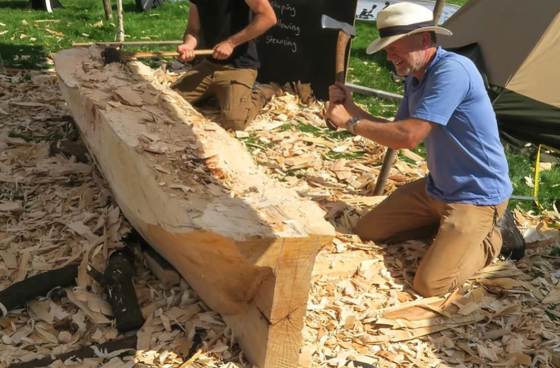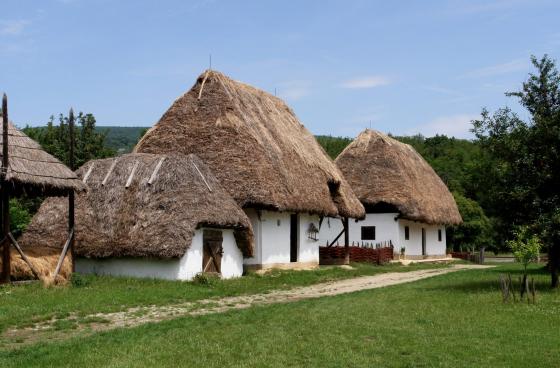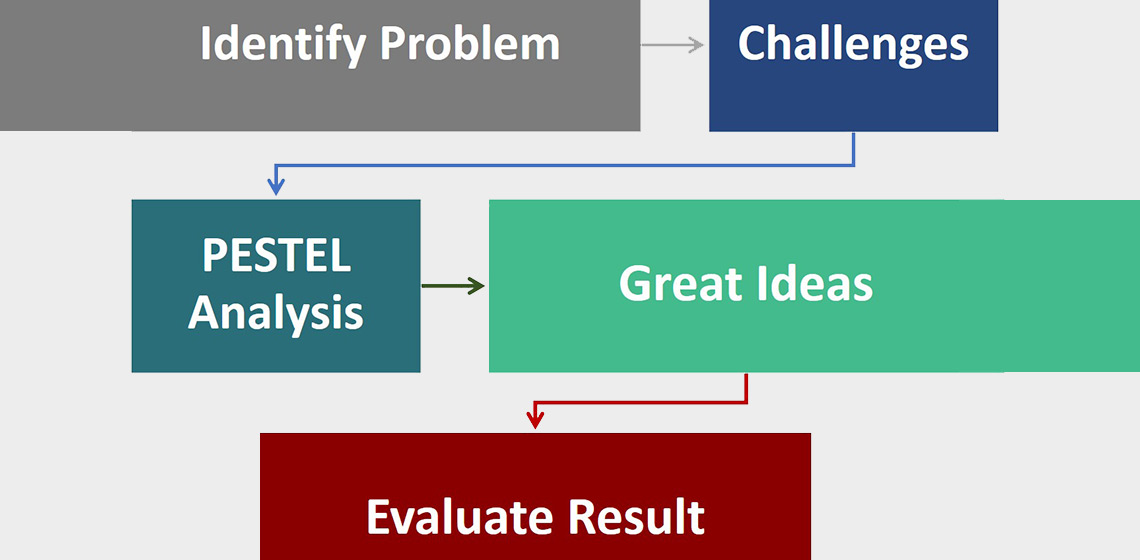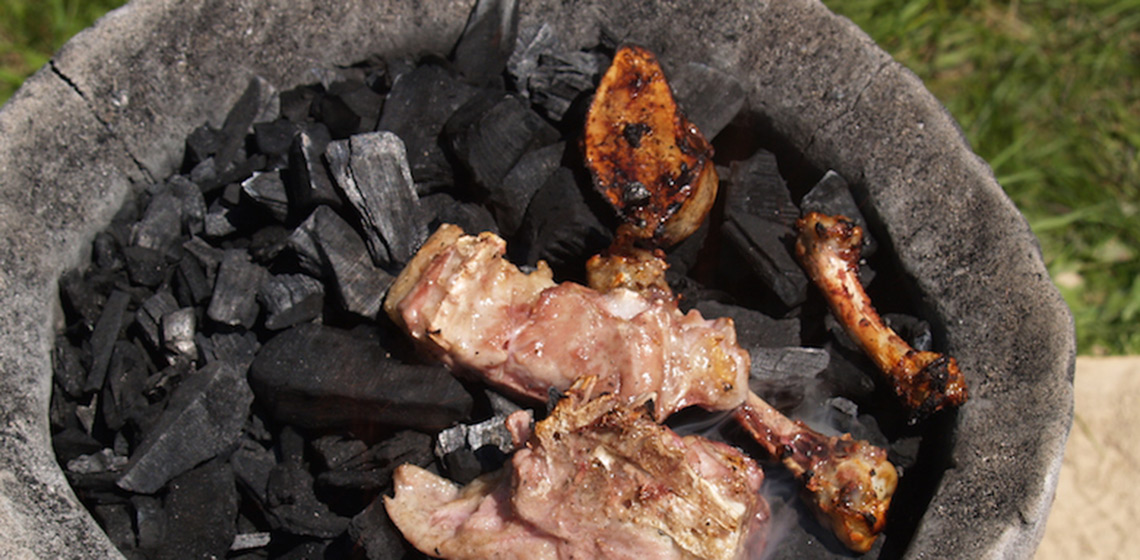Siani Anne Overstreet
When did I start? So long ago I do not exactly recall. I've done very early hunting since the seventies. I learned to make my own arrows and bows to historic models. I'm learning to knap flint into points. I've learned to use the atlatl and darts, the sling (Balearic in this case).










